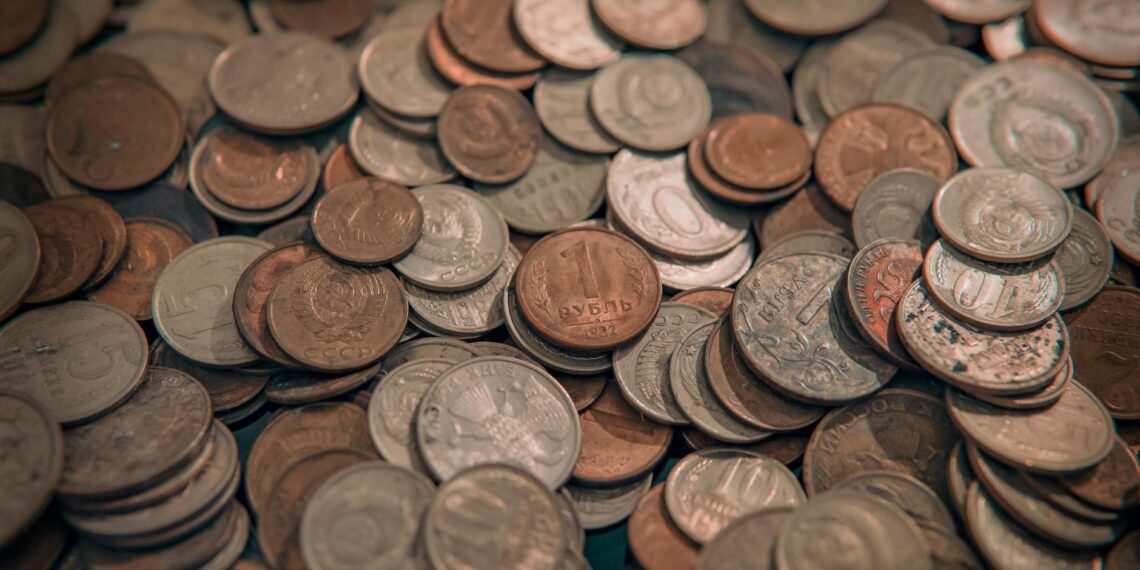Collecting U.S. pennies can be a rewarding and engaging hobby for beginners and experienced collectors alike.
- Historical Significance: Pennies offer a glimpse into American history, with various designs reflecting different eras.
- Investment Potential: While not guaranteed, some rare pennies can appreciate in value, [according to Gainesville Coins].
- Enjoyment and Learning: The sheer thrill of the hunt and the knowledge gained about the coins’ history and characteristics can be highly fulfilling.
Several factors contribute to a penny’s value:
- Rarity: Key dates with low mintage figures, like the 1909-S VDB Lincoln Cent or the 1914-D Lincoln Cent, are highly sought after.
- Errors and Varieties: Pennies with errors from the minting process, such as doubled dies, off-center strikes, or those struck on the wrong metal, can be very valuable.
- Condition: The preservation of a coin’s surface, luster, and lack of wear are crucial in determining its grade and value, [says Bullion Shark].
- Choose Your Focus: Decide whether you want to collect by year, by design, or by mint branch.
- Learn about Grading: Familiarize yourself with the Sheldon grading scale and how it impacts value.
- Research Key Dates and Errors: Identify valuable pennies to prioritize your search.
- Acquire Coins: Find pennies through roll hunting, coin shows, reputable dealers, or online platforms.
- Handle and Store Properly: Always handle coins by the edges to prevent damage from oils and wear cotton gloves when handling valuable coins. Store them in acid-free albums or holders to protect against environmental damage, [according to Preservation Equipment Ltd].
- Join a Coin Club: Connecting with experienced collectors can provide valuable insights and trading opportunities.
Remember, coin collecting is a journey, not a race. Take your time, enjoy the process, and learn as you go, [advises The Spruce Crafts].








